Nickel Plate Trail construction is in the final stretch in Indianapolis
The Allisonville Road and East 62nd intersection is just a tiny piece of the trail that stretches across three cities and two counties.
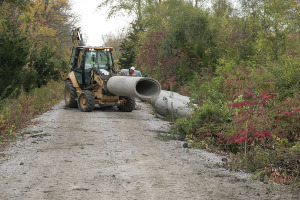

The Allisonville Road and East 62nd intersection is just a tiny piece of the trail that stretches across three cities and two counties.

Morse Village would have 250 high-end single-family houses, 150 town houses, 250 multifamily residences and 30,000 square feet of commercial space and restaurants.

In total, the $113 million, three-phase Reimagine Pleasant Street project involves extending, realigning and expanding Pleasant Street into a 2-1/2-mile corridor from State Road 32 to just west of State Road 37.
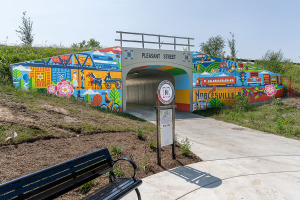
Plans for The Granary call for a four-story building and parking garage with 225 luxury apartments, 5,000 square feet of retail space and about 300 parking spaces for residents and the public.
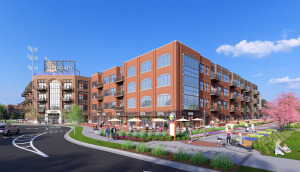
Since it was completed in 2018 at a cost of $120 million, the tower has become one of the city’s priciest residential properties, with an average rent of $2,365 per month, or $2.58 per square foot.
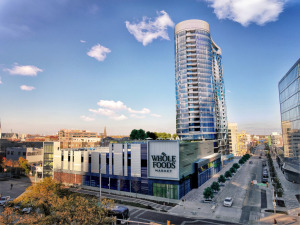
With funding plans for a proposed soccer stadium clearing another hurdle this week, Indianapolis leaders, developers and brokers are beginning to evaluate the impact such a project could have on the near-east side of downtown.
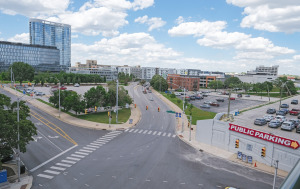
Brian Prince started his own real estate development firm early this year after a successful tenure at Flaherty & Collins Properties.
360 Market Square is among downtown’s most expensive apartment properties, with an average rent of $2,365 per month.

The Farmers Bank Fieldhouse opened Feb. 9 and features eight basketball courts, 12 pickleball courts, one turf field and pitching and hitting tunnels.
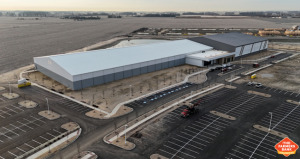
An Indiana Senate committee on Tuesday adopted an amendment to a bill originally aimed at disbanding the recently-created Mile Square economic enhancement district, essentially keeping the designation in place, but with several changes.
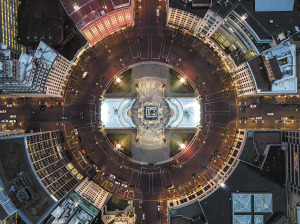
In addition to its foreclosure demand, Wilmington Trust has requested the appointment of a new receiver for the 685,000-square-foot, 36-story property.

Construction on the multi-use trail began this week and is expected to be completed by the end of the year.
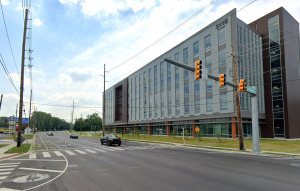
The majority of people who testified about the bill were against it, arguing that it would undo the work of corporate and civic leaders to boost perceptions of downtown in the aftermath of the pandemic and the 2020 protests for racial justice.
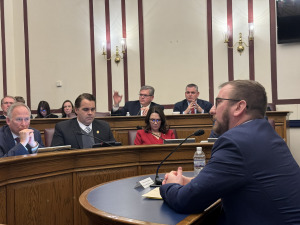
The Department of Metropolitan Development in August issued a request for proposals for updating the long-vacant, city-owned building at 3600 N. Meridian St.
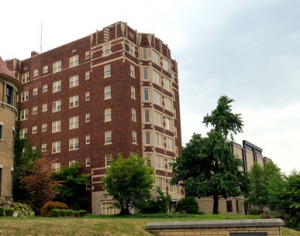
Early plans for the $150 million project, known for now as the “Alabama Redevelopment,” call for a 387-foot glass tower containing 190 apartments, 24 condominiums, 150 hotel rooms and 8,000 square feet of retail and hospitality space.
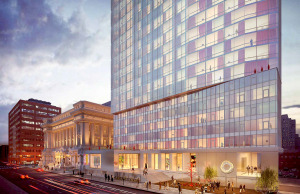
The move is good for the businesses—including the City Market, which will be undergoing its own transformation—around the City-County Building, and it’s also good for Indianapolis residents, who shouldn’t have to visit multiple locations to complete city business.
The city will work through 2024 to consolidate into its most prominent piece of real estate offices that are now scattered around downtown, including those of the Department of Public Works and the Department of Business and Neighborhood Services.
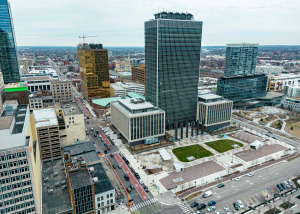
A few of other bids were similar to the selected proposal put forth by TWG Development, while others went in a distinctly different direction. Here’s a look at those proposals.
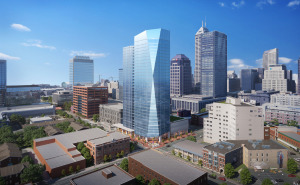
The city’s Department of Metropolitan Development is asking developers to pay at least $2.34 million for the 113-year-old building at 202 N. Alabama St., which was the seat of city government until the City-County Building was completed in 1962.

Indianapolis officials want fewer parking lots downtown, reflecting part of a national movement that envisions less reliance on cars, more use of mass transit and a reduction in carbon emissions.

